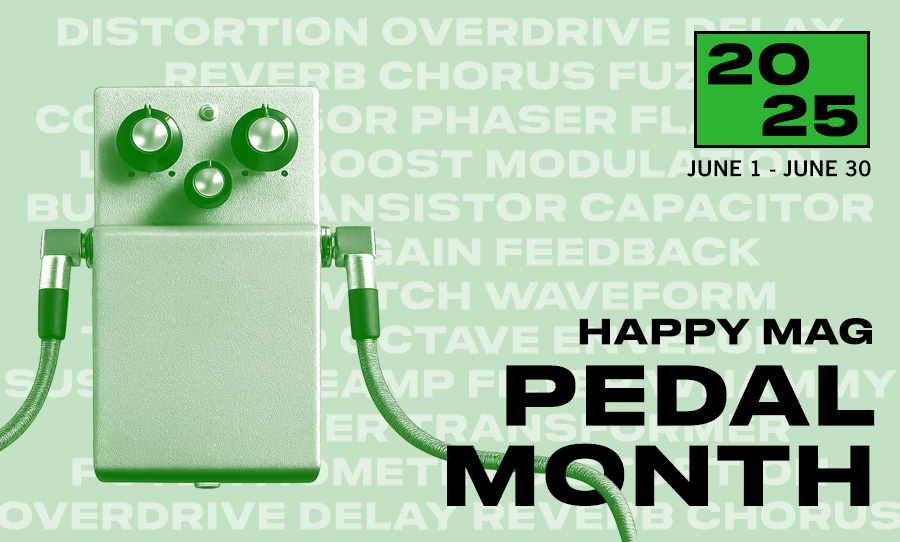Sound in the studio is considered the pinnacle of fidelity, so here are some tips for bringing that cutting-edge to your next show.
If you’re in a band, most likely you’ve had equipment fail you. It happens. You’ve also probably been told by one of your mates in the crowd “Yeah sounded great, but I couldn’t hear (insert instrument here).” This also unfortunately happens. You jump into the studio to record your next hit, it sounds great but then you wonder how you’re going to take it to the stage with all the extra bits?
It’s important to understand what tools and equipment are available to you and how to best utilise them. Doing so will not only push your boundaries as a performer but will also save you money. It’s not unusual to procrastinate on upgrading utility items or struggling to understand some part of the live sound process. Don’t be afraid to think about how you’re going to get to the big leagues. If you’re doing it now, let us help motivate you!
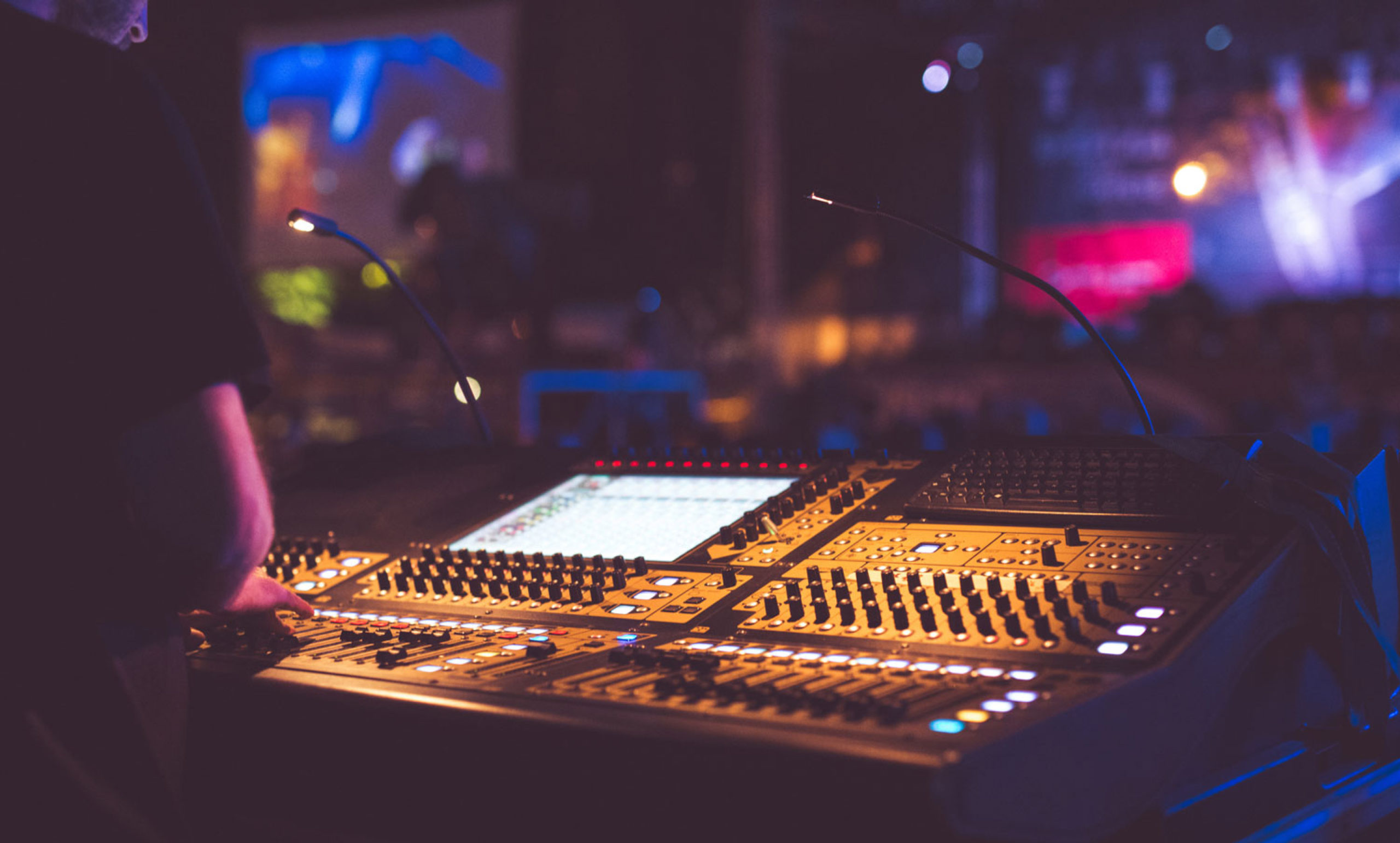
Maintenance
Maintenance of your instruments and equipment is something you should never ignore. You would’ve put new strings on your guitar before you hit the studio, you should do the same before the big gig this weekend.
One of the lugs on your precious Ludwig kit is slightly broken? Have it looked at ASAP, the longer you leave your items in a sub-par state, the higher the chances of further damage.
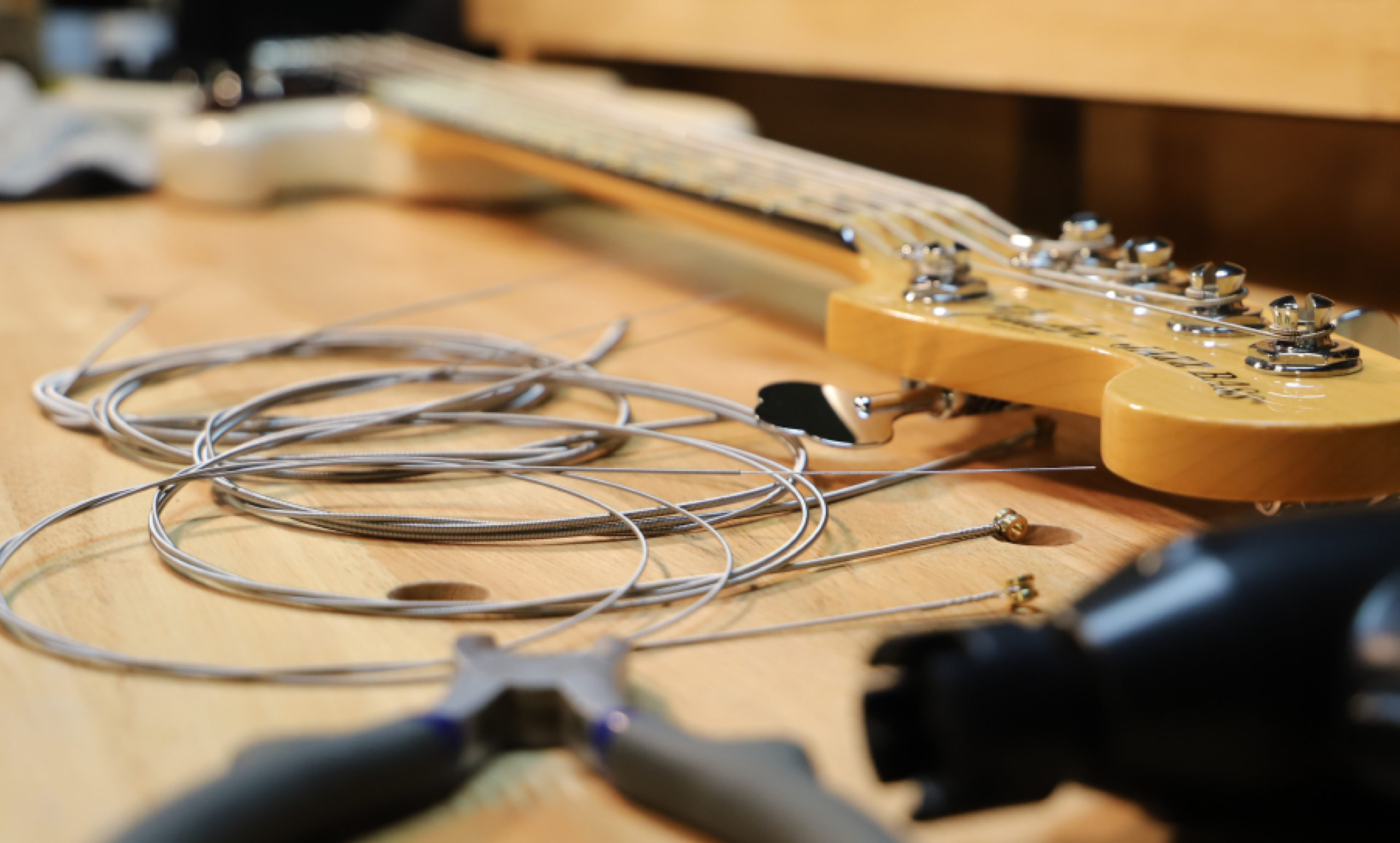
Think about the little decisions, both in the studio and on the stage. Something like string gauge can make a difference in not just feel, but tone and performance. Take AC/DC, for example, Angus’s ability to solo is obviously very dependent on his incredible talent, but he also used 9s, light strings to make bending easier! Malcolm on the other hand, powering out monstrous chord progressions, sounded better on 12-gauge.
When you’re first hitting the road, putting the gear nicely in the boot can get nasty if it’s your turn to take something like a drum kit. You won’t always have the time for perfection in live sound, it’s not meticulous like time in the studio. Things get tossed around easily and having a decent storage solution for your equipment will mean they won’t get hurt. A decent case for whatever hardware instrument you play is always a good investment.
Homework on tone
Do the homework on tone. If you have an awesome tone in the studio, do what you can to make that tone happen in your own space. Take this sound to rehearsals with the rest of the band, and then to the stage. Do you really need a marshall stack, or can you survive with the combo amp you have and learn how to dial in the right settings?
All the smart touring bands have fluoro tape marking their favourite settings. Marking your gear might seem trivial but an incredibly simple tactic like this will save you time making a fuss with knobs and settings at the gig and help you sound the same every show.
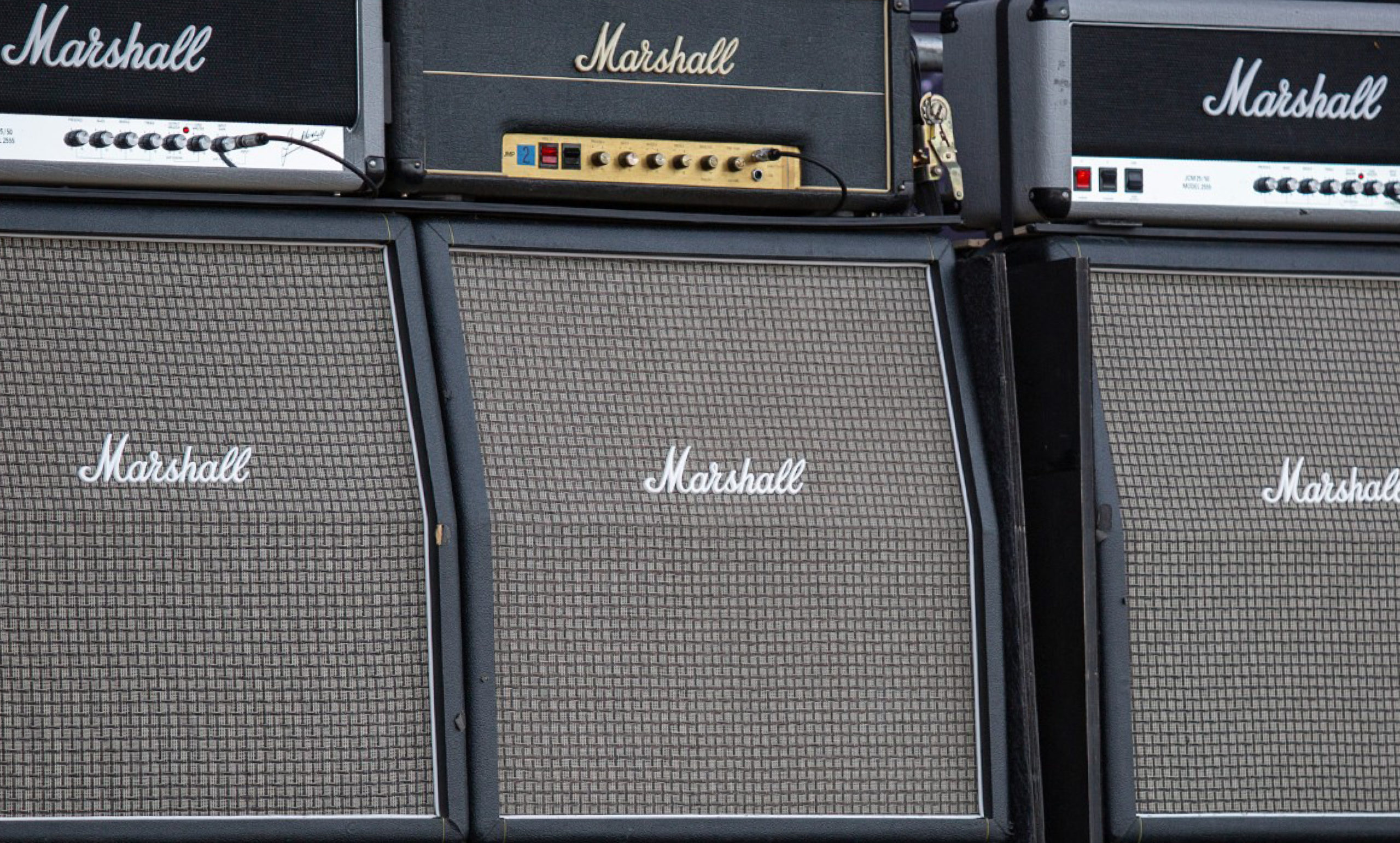
Studio fluidity on the stage
How are you going to incorporate all those cool soundscapes and synth-type sounds you have in your studio recordings? If you go with backing tracks, you’re going to need a metronome. And how will everyone stay on the click? You may want to consider in-ears.
In-ear monitoring is essentially a similar vibe to using headphones in the studio, but more discreet. In-ear monitoring can be both wired and wireless, there’s plenty of options out there in terms of size and power.
Shure offers both wired and wireless IEM systems, a wired system is vastly cheaper than wireless. Behringer offers entry-level bodypacks, Shure offers the PSM900 in a wired bodypack. The PSM wireless range by Shure is wide and has options and budgets to suit from the PSM300 for the mid-tier user to PSM1000 for serious contenders.

You can also utilise equipment to make your set more fluid, like tackling ‘dead air’ between songs. A cool solution is using a synth drone with a compact synth.
If you don’t have a spare set of hands in the band, a sample pad with pre-recorded material is great. Like the Alesis SamplePad 4 which has MIDI control, or Roland’s SPD-SX, a favourite amongst drummers and percussionists. Check out how Gleemer seamlessly integrates this technique into their set below.
Lifting your vocal game
Buying your own vocal mic might seem unnecessary, but not all venues have the same stock. It’s great to consider one that suits your voice and taste, for the sake of convenience, control, and even hygiene. Some microphones have better noise rejection, meaning less of the other instruments make it into your mic and more of what it’s pointing at. Dynamic vocal microphones are designed in a way to reduce handling noise, literally, the noise your hand would make waving it around, so are better for vocals.
There are many alternatives to the renowned Shure SM58, like the Shure Beta 58A, which packs a more defined top end and carries more weight in the low end. Sennheiser’s e935/e945 sound great with minimal EQ, and the Neumann KMS 105 condenser offers up that studio sheen in a handheld mic.
Short of going for a whole new mic, you can make astute investments in gain structure. The new Soyuz Launcher is an inline preamp that can offer up a bucketload of headroom and character to mediocre dynamic microphones.
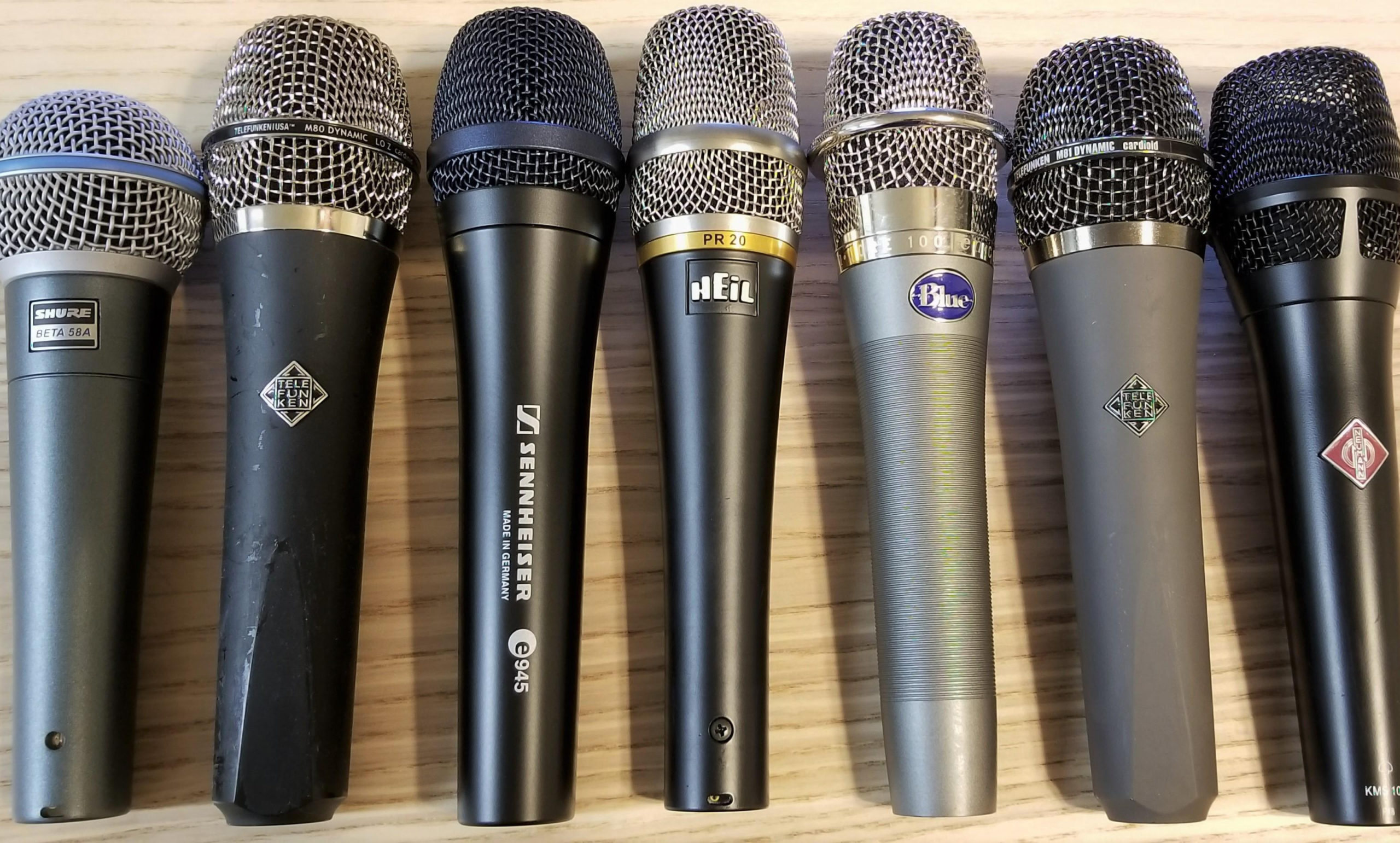
Pedalboards
It’s not all that bad using a plank of wood with some handles screwed on as a pedalboard when you’re starting out. It’s never a bad thing to put the DIY hat on. However, it might start getting embarrassing when you’re playing bigger events and later timeslots.
The band before you walks in with a full set of Pedaltrain pedalboards, and there you are with trusty Planky McPlankboard. There are so many great options on the market at the moment, Pedaltrain is unrivalled when it comes to off-the-shelf solutions.
Ever had power issues, or weird buzzes you can’t source? Getting a properly-isolated power supply for your guitar pedals will make a world of difference to their performance and your’s. The MXR Mini Iso-Brick Power Supply is a great budget choice to slap on top of your small board. Models like the Trutone CS series offer some heavyweight options that even come with mounting brackets to put under your board — no one wants to see a bird’s nest of cables.
Getting your own bass DIs or preamps like the Sansamp Tech-21 Bass Driver or the Ampeg Classic Analog Preamp pedal is a great way to bring tone-town to a bass rig at every show. Having a DI output in these boxes lets you give the sound tech an awesome DI tone.
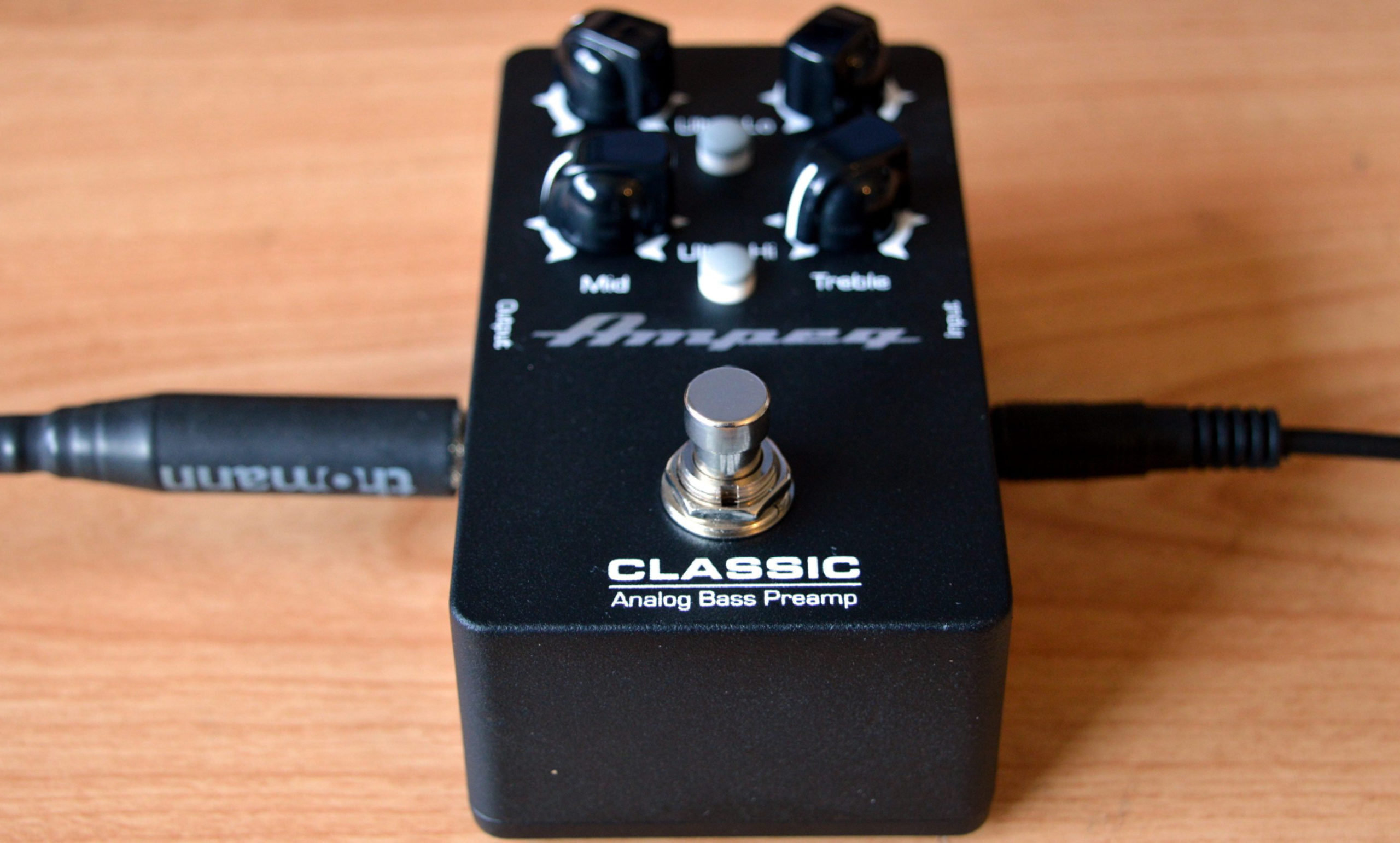
Live sound is an ever-changing landscape, and bringing studio quality to it is much the same. New products that aim to make the impossible happen, and life easier, are coming out constantly. Keep your eyes on the market, and wrap your head around what your exact needs are. Bringing your signature sound to the stage is a challenge, but one that should inspire you.

